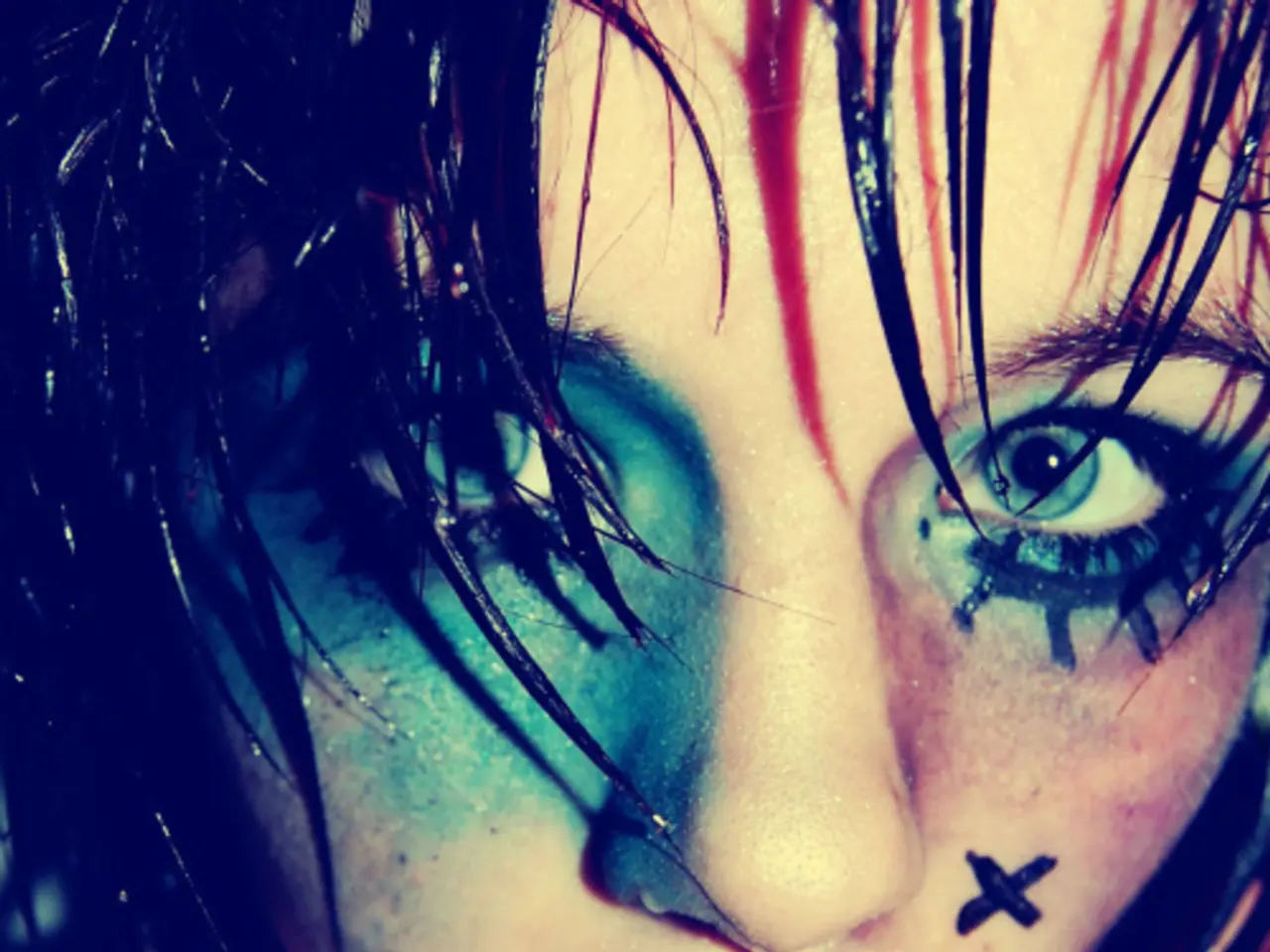Subacute cutaneous lupus: Understanding its causes, treatments, and prognosis
Subacute Cutaneous Lupus Erythematosus (SCLE) is a skin rash that can occur as a complication of lupus or due to genetics, environmental factors, or certain medications. This condition is often linked with autoimmune-related joint symptoms and may overlap clinically or serologically with systemic lupus and other connective tissue disorders.
SCLE typically appears as scaly patches or ring-shaped lesions primarily on sun-exposed areas like the chest, back, neck, face, and arms. Around 50% of people with SCLE may also experience joint pain, a frequent symptom accompanying this condition despite the typically mild or absent systemic disease involvement.
SCLE shares a common autoimmune dysregulation with other related conditions such as Systemic Lupus Erythematosus (SLE), Mixed Connective Tissue Disease (MCTD), and various overlap syndromes. SLE, while broader and involving multiple organ systems, can sometimes coexist with or develop from other forms of cutaneous lupus. Patients with SCLE features may display symptoms of other connective tissue diseases such as scleroderma, polymyositis, rheumatoid arthritis, and Sjögren’s syndrome.
Certain medications, such as some antiseizure drugs and TNF-alpha inhibitors, may trigger lupus-like conditions including SCLE-like skin lesions. Environmental factors such as exposure to ultraviolet (UV) light and medications that increase sensitivity to UV light can also trigger autoimmune responses and cause SCLE.
The most effective treatment for SCLE is protecting the skin from the sun, which includes minimizing sun exposure, wearing sun-protective clothing, using broad-spectrum sunscreen, and quitting tobacco use. Treatment may also include corticosteroids, hydroxychloroquine, dapsone, thalidomide, systemic retinoids, immunosuppressive drugs, vitamin D and calcium supplements, and other medications.
It is important to note that more than 80% of people with SCLE have Ro/SSA antibodies, and a pregnant person who is Ro/SSA antibody-positive has an 8-10% chance of delivering an infant with neonatal lupus erythematosus and a 1-2% chance of delivering an infant with congenital heart block.
SCLE may also be linked to certain cancers, such as lung cancer, esophageal cancer, prostate cancer, cholangiocarcinoma, and B-cell lymphoma. The average age of people with cutaneous lupus is 50-52 years, and SCLE usually has a positive response to treatment, but people may continue to have flare-ups during the summer months.
Diagnosing SCLE involves a physical examination, review of medical history, and various tests including blood tests, skin biopsy, urine test, and a test to check for antibodies in unaffected skin. The SCLE rash usually affects sun-exposed areas of the body in a symmetrical pattern on the neck, torso, and arms. SCLE symptoms include raised, scaly lesions or plaques on the skin, circular-shaped lesions, and potential fluid-filled blisters.
Despite the challenges associated with SCLE, understanding the condition and its connections to other autoimmune disorders, medications, and potential health risks can empower individuals to take proactive steps towards managing their health and seeking appropriate treatment.








